
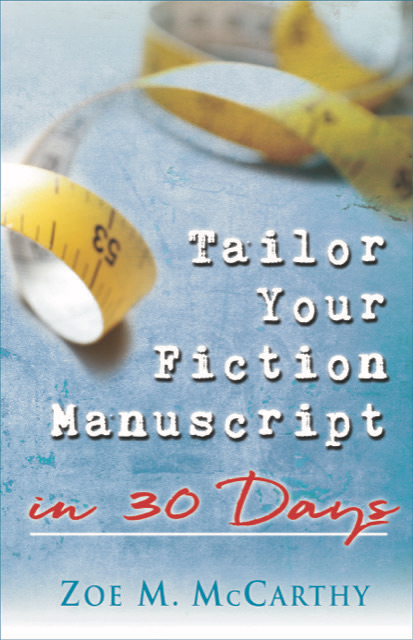
I finished reading Tailor Your Fiction Manuscript in 30 Days. I have AND will highly recommend it to anyone who dabbles in fiction. It’s one of the best “how to” books I’ve ever read.
—Marsha Hubler, Director Montrose Christian Writers Conference
See more about Tailor Your Fiction Manuscript in 30 Days at the end of the post.
Writers know how important it is that their characters use their five senses in stories. Earlier, I wrote about scents, tastes, and sounds. Today, we’ll look at the sense of touch.
Importance of the Sense of Touch in Scenes
A character’s sense of touch brings him into physical contact with his surroundings. He doesn’t only see or hear something from a distance. He’s physically connected to an object or living being. Possibly, leaving his fingerprints on surfaces. In a way, what the character touches becomes more real to him than the sights and sounds he sees and hears.
Four Ways the Sense of Touch Works

1. Texture: The character senses how the surface of something that he touches feels. Or he senses the feel of something that touches his skin.
Examples: soft, furry, grainy, abrasive, sharp, prickly, bumpy
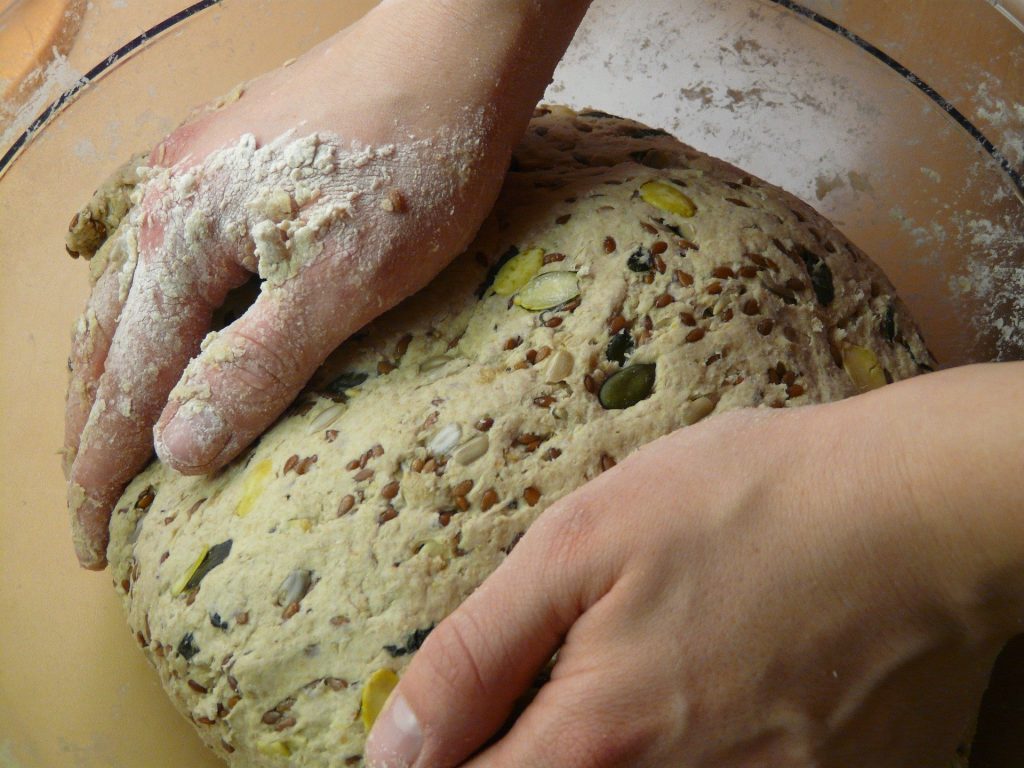
2. Flexibility: The character senses how something reacts to his touch. Touching can mean a tap, a pat, a grab, or a blow. The character can feel how something he touches moves at the intenseness of his touch. The sense of punching a person’s belly is different than punching a wall.
Examples: squishy, doughy, supple, loose, elastic, solid, firm, hard

3. Temperature: The character senses how hot, warm, tepid, cool, cold, or freezing something feels.
Examples: boiling, blistering, balmy, lukewarm, chilly, frigid, icy

4. Humidity, moistness, dryness: The character’s touch or his skin feels the level of wetness or dryness.
Examples: clammy, damp, soggy, sweaty, viscous, dry, dusty, parched, withered
In all these cases, the character may react pleasantly or unpleasantly to what he touches or what touches him.
Not Only Fingers Touch

Character’s touch and receive touches. He can touch with his arm as he passes by someone in a crowded place. He can touch with his hip when he does a hip-bump with his dance partner. He can feel his girlfriend’s lips brush his cheek.
The Action of Touching
What is important about the sense of touch is not only how something feels to the skin that touches or the skin that is being touched. The action of touching is also revealing in a scene. The action of touching is more likely to evoke feelings, such as mourning, joy, love, and anger.
Examples:
- she playfully slapped his arm
- she slapped his face and marched from the room
- when she finally understood, she slapped the table
Touching or being touched, connects your character to his surroundings. Make sure your character feels the texture, flexibility, temperature, humidity, and/or wetness or dryness of objects and living beings in his surroundings.
Do you use the sense of touch in your stories as often as you do the other senses? Why? Or why not?
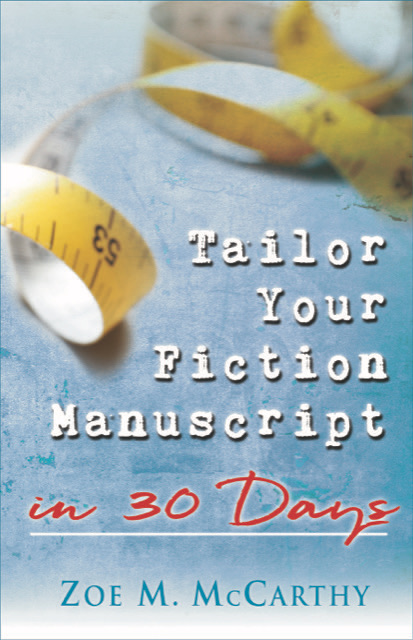
Zoe McCarthy’s book, Tailor Your Fiction Manuscript in 30 Days, is a fresh and innovative refocusing of your novel or novella. Through a few simple—and fun—steps, Zoe helps writers take their not-ready-for-publication and/or rejected manuscripts to a spit-polish finish. Writing is hard work, yes, but it doesn’t have to be difficult. —Eva Marie Everson, best-selling and multiple award-winning author, conference director, president of Word Weavers International, Inc.
If you want to increase your chance of hearing yes instead of sorry or not a fit for our list at this time, this book is for you. If you want to develop stronger story plots with characters that are hard to put down, this book is for you. Through McCarthy’s checklists and helpful exercises and corresponding examples, you will learn how to raise the tension, hone your voice, and polish your manuscript. I need this book for my clients and the many conferees I meet at writer’s conferences around the country. Thank you, Zoe. A huge, #thumbsup, for Tailor Your Fiction Manuscript in 30 Days. —Diana L. Flegal, literary agent, and freelance editor
Tailor Your Fiction Manuscript is a self-editing encyclopedia! Each chapter sets up the targeted technique, examples show what to look for in your manuscript, then proven actions are provided to take your writing to the next level. Whether you are a seasoned writer or a newbie, you need this book! —Sally Shupe, freelance editor, aspiring author
McCarthy crafted an amazing self-help book that will strengthen any writer, whether new or seasoned, with guidance and self-evaluation tools. —Erin Unger, author of Practicing Murder, releasing in 2019
Need to rework your book? Zoe M. McCarthy’s step-by-step reference guide leads you through the process, helping you fight feeling overwhelmed and wrangle your manuscript and into publishable shape in 30 days. Tailor Your Manuscript delivers a clear and comprehensive action plan. —Elizabeth Spann Craig, Twitteriffic owner, bestselling author of the Myrtle Clover Mysteries, the Southern Quilting Mysteries, and the Memphis Barbeque Mysteries http://elizabethspanncraig.com/blog/







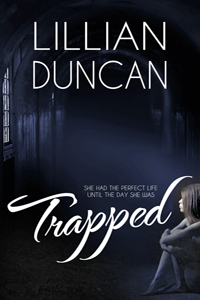
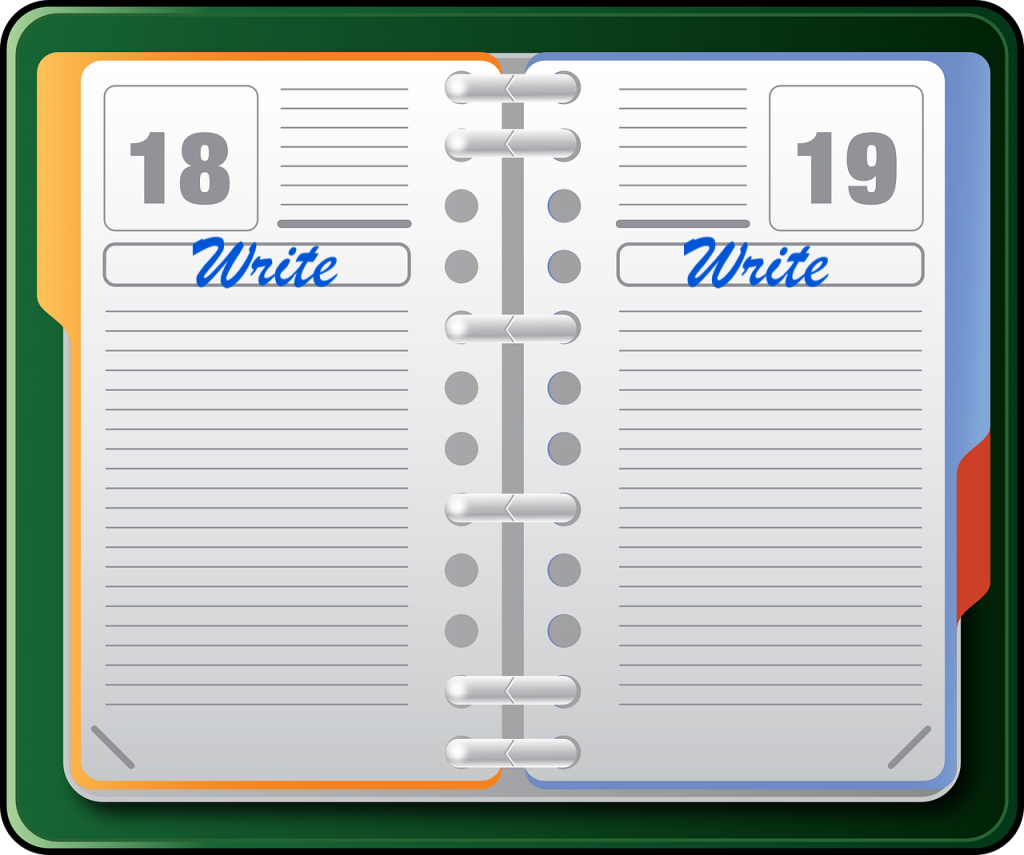

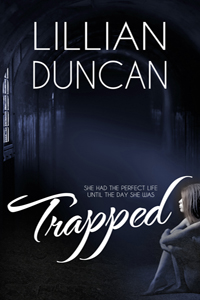

 RSS - Posts
RSS - Posts